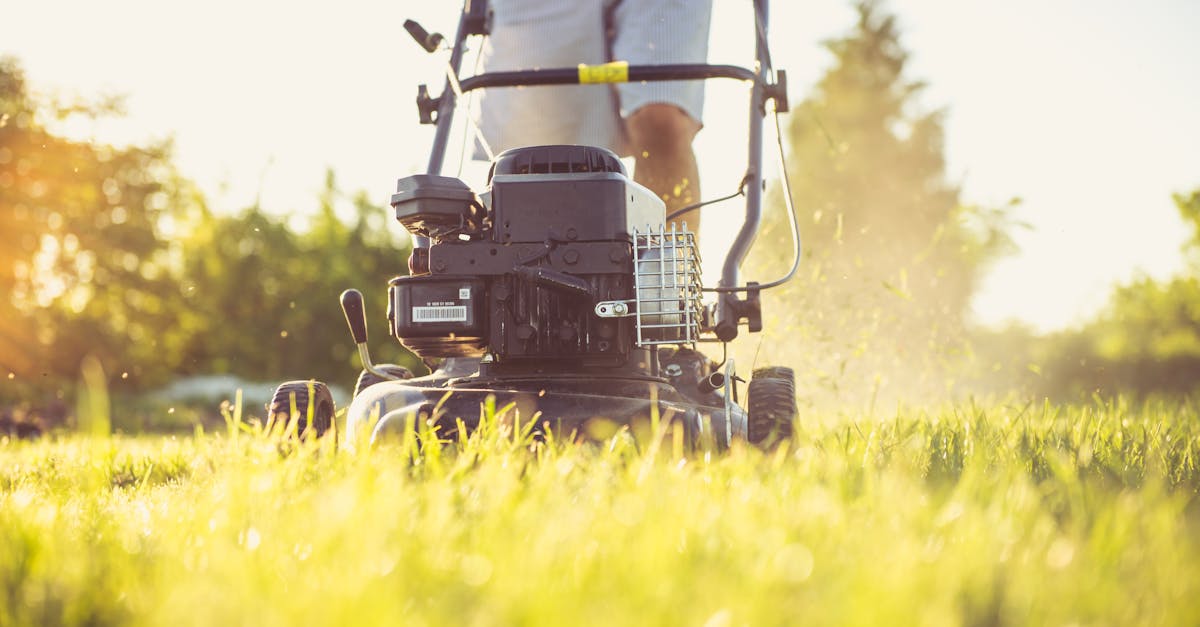Grass Management

Grass Management
Maintaining a vibrant and healthy lawn is essential for any homeowner looking to enhance their outdoor space. One of the key aspects of effective lawn care is the practice of Grass cutting and edging. This not only promotes a neat appearance but also fosters the optimal growth of grass by encouraging proper air circulation and sunlight penetration. As any seasoned gardener will tell you, regular grass cutting and edging can prevent weeds from overtaking your yard and eliminate uneven growth, ultimately leading to a lush and inviting landscape.
Incorporating a routine schedule for grass cutting and edging can significantly impact the overall health of your lawn. Rather than viewing these tasks as mere chores, embracing them as vital components of yard maintenance can transform your greenery into an oasis of beauty. With the right tools and techniques in place, you can achieve a manicured lawn that enhances your home’s curb appeal while also providing a perfect space for family activities or relaxation. By prioritizing grass cutting and edging, you set the foundation for a thriving yard that can be enjoyed for years to come.
Best Yard Food to Improve Healthy Development
Nurturing the lawn demands the right food to promote lush appearance. Choosing top food will make a significant improvement in how your lawn thrives. Sustainable choices, such as manure, are not only enrich the soil but also encourage beneficial microbes. Chemical food can offer quick results, making them ideal for those seeking immediate improvements.
For optimal results, think about the individual needs of your lawn when using food. Analyzing your soil will aid you determine which components are required. Using a balanced food that includes phosphorus is crucial for promoting strong roots and complete lawn health. Frequent application of these food will ensure that your lawn remains lush and attractive throughout the growing season.
Learning Various Fertilizers along with What They Advantages
Fertilizers are essential for maintaining a healthy lawn. Learning the distinct types of fertilizers available can help homeowners create informed decisions. Biological fertilizers, such as compost and manure, offer slow-release nutrients that improve soil quality. Chemical fertilizers, on the other hand, generally deliver quick results, supplying essential elements like nitrogen, phosphorus, and potassium. Each type has its own set of uses that cater to specific lawn needs.
The right choice of fertilizer can significantly impact lawn health. Biological options not only nourish the grass but also enrich the soil, promoting beneficial microbial activity. Chemical fertilizers usually result in faster growth, making them ideal for quick fixes. Learning the benefits of each type allows homeowners to tailor their lawn care strategies effectively. Choosing the right fertilizer based on soil condition, grass type, and climate can lead to a lush, green lawn that stands out in any neighborhood.
Moisture Methods for a Healthy Yard
The key factor of caring for a yard comes from proper watering strategies. Grasping the water demands of your grass plays a vital to its overall well-being. Thorough watering, which promotes deep root growth, needs to be carried out less frequently but more thoroughly. Such an approach assures that the roots extend to lower soil layers, in which they can obtain moisture even during drier periods.
Moreover, timing of irrigation has a key role in grass maintenance. Irrigating at dawn or in the late afternoon aids minimize evaporation, allowing more moisture to penetrate the soil. Applying a drip irrigation system can also be a smart choice, because it delivers water directly to the roots. With utilizing these methods, you can boost the thrive of your grass while conserving water resources.
Tips on Smart Irrigation to Save Resources
Irrigation can be an key aspect of garden maintenance. In order to utilize water resources, it is important to irrigate during the chillier parts of the morning or evening, like early morning or late evening. This prevents losing water to evaporation and ensures that the grass utilizes the maximum amount of water.
Utilizing a strategic irrigation system, like sprinkler systems, can support in targeting the moisture where it is most needed. In addition, checking the weather can aid in changing the irrigation schedule according to precipitation and temperature. This is not only saves resources but in addition supports a healthy and vibrant lawn.
The Impact of Aeration in Yard Maintenance
Soil aeration has a vital function in promoting grass maintenance. By loosening the compacted soil, soil aeration allows air to reach the roots more efficiently. This improved air availability encourages deeper root growth, leading to stronger grass. Furthermore, it supports the absorption of water and nutrients, resulting in a more thick lawn that can better tolerate dry spells and pests.
Exploring the importance of soil aeration is crucial for any grass care regimen. Regular aeration helps in alleviating soil compaction, which is often caused by foot traffic and heavy equipment usage. Without proper aeration, lawns can become weak and more susceptible to weed infestations. Implementing a consistent aeration schedule can renew your lawn, ensuring it remains healthy and green. Taking the time to aerate can lead to a more long-lasting lawn that is simpler to maintain.
Methods Aeration Benefits The Grass by Boosting Soil Flow
Aeration is often a vital practice for caring for the grass vitality. This technique includes making tiny openings through the soil that enhance air and circulation in oxygen and moisture to the roots of the lawn. This improves grass root growth which results in the more robust lawn overall.
In addition, soil aeration may assist reduce soil compaction which typically occurs from prolonged foot traffic or equipment. By enhancing the structure, this enables nutrients to reach deeper levels of the soil, guaranteeing which the lawn benefits from adequate sustenance it requires to thrive. In the end, soil aeration acts to be a fundamental factor in maintaining a thriving lawn.